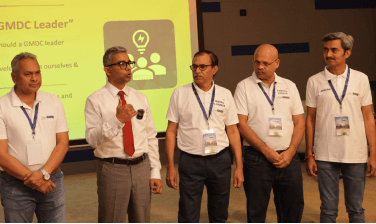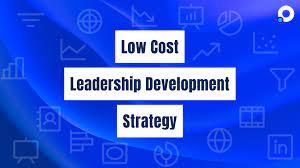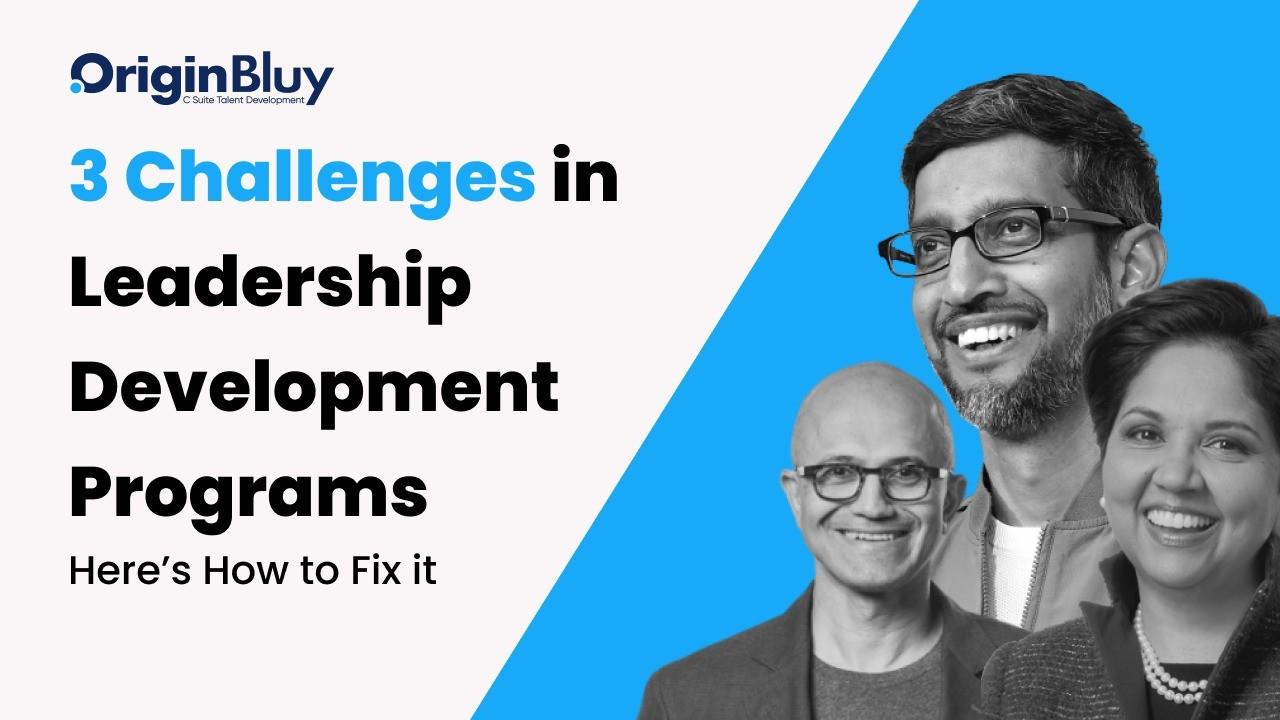The world is undergoing rapid changes, making it challenging to keep up. What worked yesterday may not work tomorrow.
As individuals face the dwindling of the country's largest reservoirs while utilizing water for cleaning purposes, it compels them to contemplate a different future.
Many leaders across various industries find themselves in a similar position, pondering how to construct a sustainable company amidst the looming uncertainties.
The question arises: what kind of leader can successfully navigate these challenges? How can leaders disrupt their respective industries without falling victim to disruption themselves?
Is it possible to strike a balance between traditional practices and future opportunities?
The answer lies in the concept of ambidextrous leadership.
According to a report by Deloitte Insights, ambidexterity refers to the ability to optimize current business models by exploiting present conditions while simultaneously exploring pioneering risks to redefine those models.
This leadership framework resonates because change is an ever-present constant. However, the commonplace advice to "embrace change" can prove challenging for many individuals. The fear of the unknown often impedes their willingness to embrace change.
Yet, leaders, particularly those aspiring to disrupt, must embrace the inherent tension between the current state of affairs and the forthcoming transformation.
They need to recognize that novel opportunities may not align with existing systems or established modes of operation.
Embracing this tension becomes the recipe for success. Contrary to popular belief, embracing the new does not necessitate discarding the old, at least not in most cases.
Instead, leaders must strike a delicate balance by capitalizing on their current core business, optimizing efficiency, and lowering costs, while simultaneously exploring fresh prospects that demand investment and adaptability.
They must possess the ability to entertain seemingly opposing ideas and seek ways to accomplish both: exploitation and exploration.
The question then becomes: how does one cultivate ambidexterity within oneself and others? Although not an easy task, the effort is well worth it.
Here are three approaches to becoming a more ambidextrous leader:
1. Encourage questioning of thoughts and assumptions
Holding divergent viewpoints simultaneously can be challenging, as many individuals are predisposed to focus on a single truth and shy away from challenging their belief systems.
However, leaders aspiring to disrupt must compel themselves to question their own thoughts and ideas.
Here are two strategies to facilitate this process:
Firstly, when devising long-term strategies, leaders can jot down their vision of the company's future five years from now. Then, they should force themselves to imagine five alternative scenarios. This exercise helps avoid becoming fixated on a single perspective and primes thinking patterns to recognize patterns and unearth hidden opportunities.
Secondly, when leaders firmly believe in a particular idea or notion, they should challenge themselves to conceive five different possibilities that would prove their assumption wrong.
Actively interrogating thoughts and assumptions allows leaders to acknowledge the existence of multiple truths within a given situation, enabling them to hold contrasting and contradictory ideas simultaneously.
2. Foster an exploit-and-explore vision
Sticking with the status quo is often more comfortable than devising a bold, transformative vision that necessitates change. However, adhering to the familiar inhibits the exploration of new growth opportunities.
Thus, leaders must incorporate both exploitation and exploration into their future vision.
For instance, consider a company specializing in high-pressure water-blasting tools for cleaning. Operating in a manual industry that tends to resist change, the company may discover that automating the process can enhance safety and efficiency.
Nonetheless, transitioning to automation would disrupt the existing space and potentially detract from the company's core business of manual tools.
Consequently, before rallying the team, the leader must develop an exploit-and-explore vision that is both plausible and inspirational, capable of motivating the team to execute.
To incorporate exploration and exploitation into their companies, leaders can begin by encouraging their teams to seek fresh ideas and opportunities beyond the confines of conventional practices.
This fosters a mindset of experimentation and stimulates creativity. It is also advisable to continually seek ways to deliver value to new and existing customers.
When engaging in exploration activities, leaders should establish metrics and goals aligned with experimentation and growth, rather than focusing solely on efficiency and standard profit margins.
Attempting to conform new business ventures to the established practices of the core business stifles possibilities.
Furthermore, leaders should hold their teams accountable for cost reduction and the identification of efficiencies within the core business.
They should reward efforts to achieve economies of scale and leverage existing technologies and services in more efficient ways. This approach nurtures an exploitation mindset.
Finally, open discussions regarding the tension between exploration and exploitation are crucial for ensuring everyone comprehends the potential conflicts and helps teams navigate the inherent push and pull when balancing these opposing business models.
Implementing executive management compensation models that reward overall company performance across both exploration and exploitation activities can also mitigate siloed behaviors.
3. Embrace non-uniformity
One common mistake made when exploring and expanding into new business ventures is attempting to fit those solutions into the existing business model, which often proves futile.
Not everything needs to be approach, and forcing it may increase he likelihood of failure. Leaders must embrace the idea that not everything has to conform and that different business models, cost structures, and measurements of success may be necessary.
When engaging in exploration, leaders should encourage risk-taking and nurture a culture of creativity. They should set goals focused on growth and innovation.
On the other hand, when exploiting the current business, the emphasis should be on cost reduction and efficiency.
It is essential to understand that these activities require different structures and approaches, and allowing each to grow in its own way is key to success.
To become a creative, innovative, and effective leader, developing ambidexterity is crucial. Although not an easy task, the journey towards ambidexterity leads to success in volatile and opportunistic times.
-------------------------------------------

























